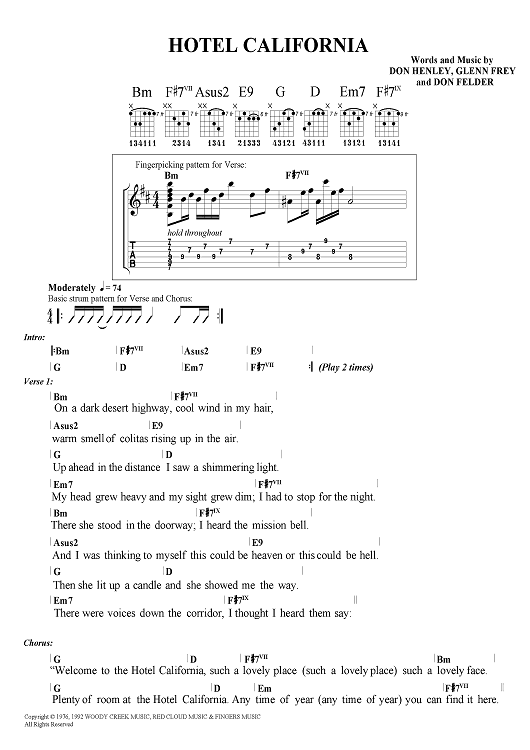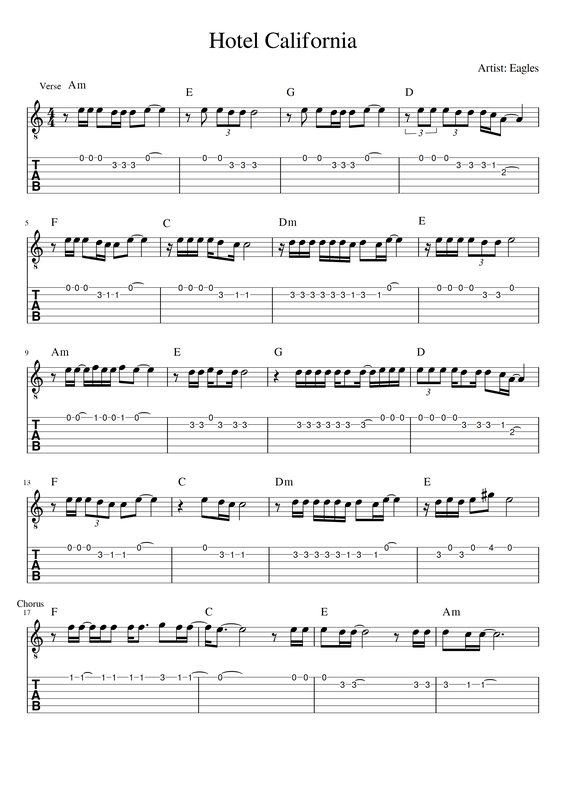


The cleverness of the sequence makes up for the wholly perfunctory melody, which acts more like a recitative. It's one of the all-time great pop/rock chord progressions. (At the end of that six-chord descent, they turn it around with Em-F#7 to return to Bm.) They're just inserting passing chords between each of those to get the chromatic line descent.Ī third observation is that it's a sequence of descending I-V pairs: Bm-F#, A-E, G-D. So the song is also employing another very common practice, although one that is cleverly concealed: an "Andalusian cadence": Bm-A-G-F# (so-called because of its flamenco sound, of course, but common in pop music too). Each note is harmonized differently, the B, A and G as chord roots, the A# and G# as the 3rds of major chords. In this case, the song is using an extremely common practice known as a "line cliche": a chromatic descending line in a minor key, using both 7ths and both 6ths. It's not three different scales (ignore the theory books that say it is), it's one scale with two variable degrees. The "B minor key" contains G and G# and A and A# at different times. That is, in this case, the "music theory practice" is "B minor key". No rules are being broken here.įor the Bm to F#7, you'd have to use the harmonic minor. And this song is - of course - following rules. When it implies "rules", those are "common practices", not fixed laws. Music theory doesn't "justify", it just "describes".

Do you take the key as Bm and write them i, V7, IV


 0 kommentar(er)
0 kommentar(er)
